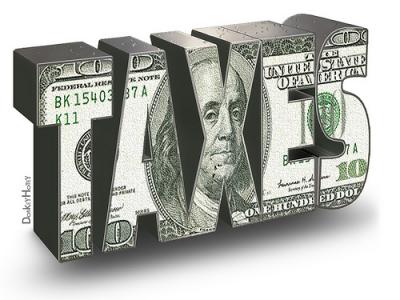A Short History of Congress’s Power to Tax —WSJ
The Supreme Court Has Long Distinguished the Taxing Power from the Regulatory Power
Paul Moreno, professor of history at Hillsdale College, details the history on the Wall Street Journal opinion page: The first enumerated power that the Constitution grants to Congress is the “power to lay and collect taxes, duties, imposts, and excises, to pay the debts and provide for the common defense and general welfare of the United States.” The text indicates that the taxing power is not plenary, but can be used only for defined ends and objects—since a comma, not a semicolon, separated the clauses on means (taxes) and ends (debts, defense, welfare). . . . This punctuation was no small matter:
In 1935, Secretary of Labor Frances Perkins was fretting about finding a constitutional basis for the Social Security Act. Supreme Court Justice Harlan Fiske Stone advised her, “The taxing power, my dear, the taxing power. You can do anything under the taxing power.”
Last week, in his ObamaCare opinion, NFIB v. Sebelius, Chief Justice John Roberts gave Congress the same advice—just enact regulatory legislation and tack on a financial penalty, as in failure to comply with the individual insurance mandate. So how did the power to tax under the Constitution become unbounded?
Read the full article to learn about how the original taxing power was conceived at the time of the Constitution (and defended in The Federalist by Madison), how the power’s evolved through the Civil War and Progressive Era and the New Deal, to where we are today.
There didn’t used to be many at all. Then again, there weren’t many government-provided services and guarantees in that era either. Has the trade off been worth it? You decide!










